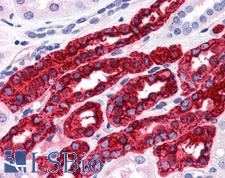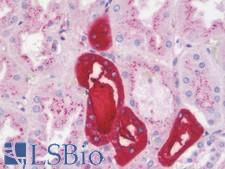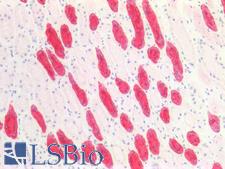Login
Registration enables users to use special features of this website, such as past
order histories, retained contact details for faster checkout, review submissions, and special promotions.
order histories, retained contact details for faster checkout, review submissions, and special promotions.
Forgot password?
Registration enables users to use special features of this website, such as past
order histories, retained contact details for faster checkout, review submissions, and special promotions.
order histories, retained contact details for faster checkout, review submissions, and special promotions.
Quick Order
Products
Antibodies
ELISA and Assay Kits
Research Areas
Infectious Disease
Resources
Purchasing
Reference Material
Contact Us
Location
Corporate Headquarters
Vector Laboratories, Inc.
6737 Mowry Ave
Newark, CA 94560
United States
Telephone Numbers
Customer Service: (800) 227-6666 / (650) 697-3600
Contact Us
Additional Contact Details
Login
Registration enables users to use special features of this website, such as past
order histories, retained contact details for faster checkout, review submissions, and special promotions.
order histories, retained contact details for faster checkout, review submissions, and special promotions.
Forgot password?
Registration enables users to use special features of this website, such as past
order histories, retained contact details for faster checkout, review submissions, and special promotions.
order histories, retained contact details for faster checkout, review submissions, and special promotions.
Quick Order
PathPlusTM UMOD / Uromodulin Antibodies
UMOD (Uromodulin, also known as Tamm-Horsfall protein) is the most abundant protein in mammalian urine under physiological conditions. It is thought to function as a constitutive inhibitor of calcium crystallization in renal fluids. Excretion of this protein in urine may provide defense against urinary tract infections caused by uropathogenic bacteria. Furthermore, defects in this gene are associated with the renal disorders medullary cystic kidney disease-2 (MCKD2), glomerulocystic kidney disease with hyperuricemia and isosthenuria (GCKDHI), and familial juvenile hyperuricemic nephropathy (FJHN). In immunohistochemistry of normal tissue, UMOD has cytoplasmic positivity in distal renal tubules in the kidney.
References: The UniProt Consortium. Nucleic Acids Res. 47: D506-515 (2019); Nucleic Acids Res. 2016 Jan 4;44(D1):D733-45, PMID:26553804;
3 PathPlusTM Antibodies



☰ Filters
Products
Antibodies
(3)
Type
Primary
(3)
Target
UMOD / Uromodulin
(3)
Reactivity
Human
(3)
Dog
(1)
Application
IHC
(2)
IHC-Fr
(1)
IHC-P
(3)
WB
(2)
IF
(1)
Host
rabbit
(2)
mouse
(1)
Product Group
PathPlus Cancer
(3)
Isotype
IgG2b
(1)
Clonality
monoclonal mc
(1)
polyclonal pc
(2)
Clone
10.32
(1)
Format
Unconjugated
(3)
Epitope
Internal
(1)
Val378
(1)
Publications
No
(3)

Cancer
UMOD / Uromodulin Mouse anti-Human Monoclonal (10.32) Antibody
Dog, Human
IF, IHC, IHC-Fr, IHC-P
Unconjugated
50 µg/$460

Cancer
UMOD / Uromodulin Rabbit anti-Human Polyclonal (Val378) Antibody
Human
IHC, IHC-P, WB
Unconjugated
50 µl/$375

Cancer
UMOD / Uromodulin Rabbit anti-Human Polyclonal (Internal) Antibody
Human
IHC-P, WB
Unconjugated
50 µl/$375
Viewing 1-3
of 3
product results










